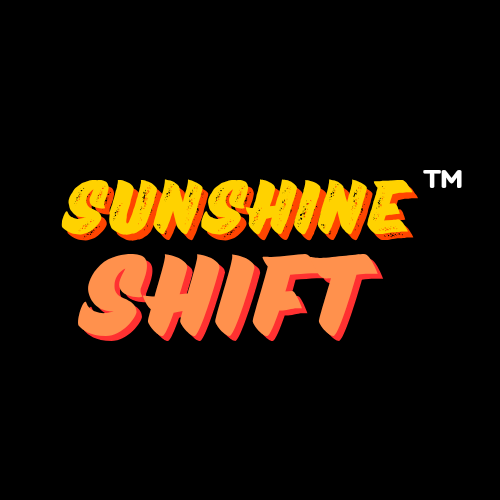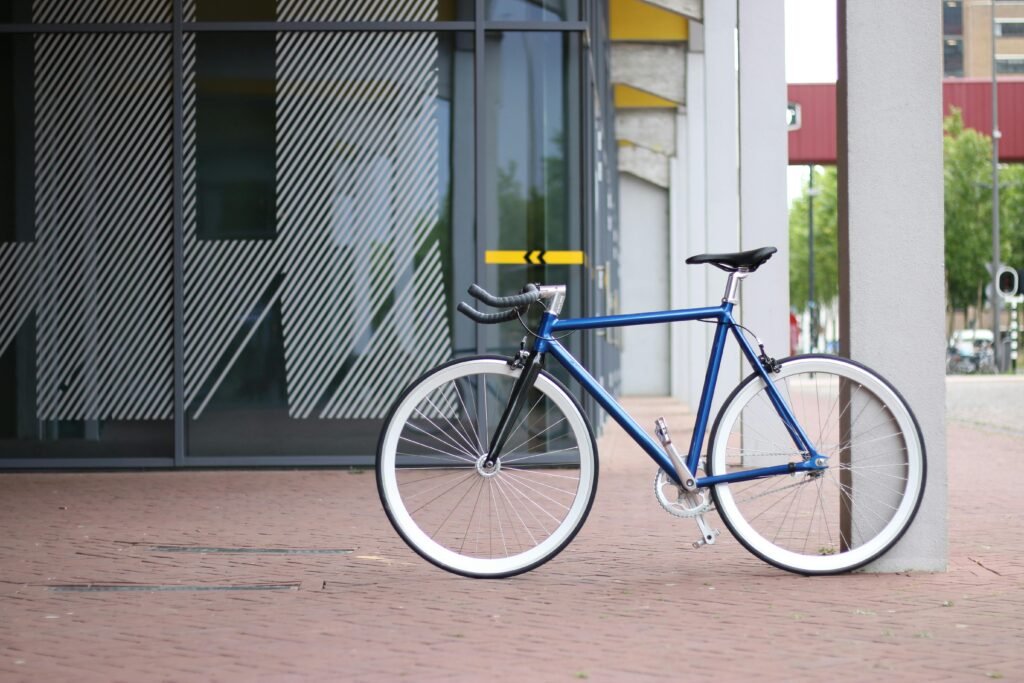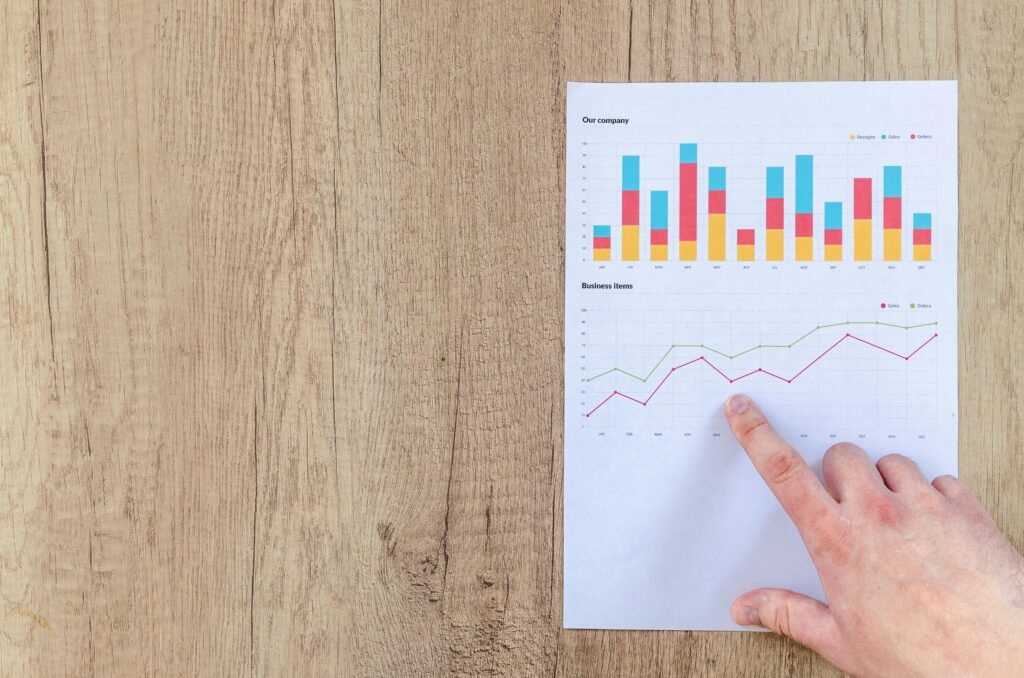
Imagine a world where the air stays clean, the heat does not climb too high, and storms do not wreck everything. Sounds nice, right? But today, climate change makes that hard. People burn coal, oil, and gas, sending gases like carbon dioxide into the sky. These gases trap heat, warming the planet, melting ice, raising seas, and stirring up wild weather. Because of this, we face big problems—less food, dirtier water, and tougher lives. But here is the good news: renewable energy can help fix it. Solar, wind, hydropower, geothermal, and biomass give us power without the mess fossil fuels leave behind. Let us explore how renewable energy fights climate change, why it matters, and what stands in the way, so you see its power and stick with me to learn more.
What Is Renewable Energy?
Renewable energy comes from nature—stuff like sunlight, wind, and water that never runs out. Unlike coal or oil, which get used up and choke the air with carbon dioxide, these sources keep going and stay clean. For example, think of the sun shining every day or wind blowing across a hill—they are free gifts we can tap into. Because they do not pump out greenhouse gases, they cut the heat-trapping mess that fuels climate change. So, switching to them shrinks our carbon footprint—how much harm we do to the planet—and that is a big deal.
This blog digs into the main types of renewable energy, their benefits, and how they tackle climate change. Plus, we will look at challenges and what is next, giving you a full picture of why renewable energy and climate change go hand in hand.
Types of Renewable Energy
Renewable energy uses what nature gives us, and each type works in its own way to make power without hurting the Earth. Let us break them down one by one.
Solar Power
Solar power grabs energy from the sun. Special panels, called photovoltaic cells, turn sunlight straight into electricity—like magic, but it is science. Or, big mirrors focus sunlight to heat water, making steam that spins turbines for power. The sun shines everywhere, and solar panels get cheaper every year. Because of this, homes, schools, and even farms can use it, cutting down on dirty fuel and fighting climate change.
Wind Energy
Wind energy catches breezes with tall turbines. The wind spins their blades, turning that motion into electricity. You see these turbines on hills or out at sea, and they make no smoke or gas. For example, a single big turbine can power hundreds of houses. As turbine designs get better, they grab more wind and pump out more energy, making wind a strong player in how renewable energy fights climate change.
Hydropower
Hydropower uses moving water. Dams on rivers catch the flow, and when water rushes through, it spins turbines hooked to generators. Big dams make tons of power, but small setups work too, especially in far-off villages. Because water keeps flowing, hydropower stays steady, giving clean energy and helping control floods. It is a reliable way to ditch fossil fuels.
Geothermal Energy
Geothermal energy pulls heat from inside Earth. Deep wells tap hot spots underground, and that heat makes steam for electricity or warms buildings direct. It runs all the time—day or night, rain or shine—and barely makes greenhouse gases. So, it is a quiet hero in the renewable energy and climate change battle, keeping power steady without the pollution.
Biomass
Biomass turns plants, wood, or waste into energy. You can burn it for heat, make biofuels for cars, or turn it into gas for power. When plants grow, they soak up carbon dioxide, so burning them later balances out—unlike coal, which just adds more gas. If we grow biomass smart, it stays clean and cuts the harm fossil fuels do

Why Renewable Energy Helps the Planet
Switching to renewable energy brings big wins for the Earth. Here is how it works, step by step.
Less Greenhouse Gases
Fossil fuels burn and spit out carbon dioxide—tons of it—trapping heat and warming the world. Renewable energy, like solar or wind, makes power with almost no gas at all. For example, a coal plant might churn out thousands of tons of carbon dioxide yearly, but a wind farm? Next to nothing. Because of this, renewable energy slashes our carbon footprint, slowing climate change fast.
Cleaner Air
Burning coal or oil fills the air with junk—sulfur dioxide, nitrogen oxides, tiny bits that hurt lungs. Think of smoky skies that make you cough—that is the cost. Renewable energy skips that mess. Studies say cutting fossil fuels could save millions from early death by air pollution each year. So, cleaner air means healthier people, all thanks to how renewable energy fights climate change.
Saving Resources
Coal and oil run out—they are limited and digging them up trashes land and water. Picture forests gone or rivers ruined just to grab more fuel. Renewable energy uses sun, wind, and water instead—stuff that keeps coming back. Because it does not chew up the planet, it keeps things green for kids and grandkids down the line.
Fewer Disasters
Fossil fuels cause spills—like the Deepwater Horizon oil spill in 2010, which dumped millions of litres into the sea, killing fish and birds. Renewable energy avoids that risk. No pipelines burst, no tankers sink—just clean power from nature. These benefits of renewable energy pile up, making it a shield against climate change’s worst hits.
Challenges Holding It Back
Renewable energy sounds great, but some hurdles slow it down. Let us look at them, so you see the full story.
High Costs at First
Setting up renewable energy takes money—lots of it. Solar panels or wind turbines need big cash upfront to build. For example, a small town might want solar, but the price stops them cold. Costs drop over time, but right now, it is tough for some. Governments can help with loans or rules to make it cheaper, because without that push, many stick with dirty fuels.
Weather Can Trick It
Solar needs sun, wind needs breeze—if clouds roll in or air goes still, power dips. This makes renewable energy tricky to count on all the time. We need better ways to store energy—like batteries—but those are pricey and not perfect yet. So, until tech catches up, gaps can slow the switch.
Storage Needs Work
Storing energy is key. Say the sun shines all day, but you need power at night—batteries hold that extra juice. Right now, lithium-ion batteries do the job, but they cost a lot and wear out. New ideas, like pumping water uphill to save energy or using hydrogen, could fix this later. Because storage lags, renewable energy and climate change solutions wait for a boost.

What Comes Next
The future looks bright anyway. Tech gets smarter—solar panels grab more sun, turbines spin stronger. Governments push laws to cut carbon, like taxes on coal or cash for clean power. Plus, countries team up, sharing tricks and tools to speed things along. For example, a breakthrough in battery tech could store wind power cheap, making it steady as coal. Because of this, renewable energy grows fast, promising a cooler planet if we keep at it.
Why It Matters to You
Renewable energy fights climate change where it counts. It cuts heat-trapping gases, cleans the air you breathe, saves nature, and stops big messes. Picture a world with less smoke, fewer storms, more fish in the sea—that is what it builds. But it needs us—your voice, your choices. Switch a light to solar, skip a car ride, tell a friend why it works. Every bit helps how renewable energy fights climate change, and it keeps the Earth good for years ahead.
What do you think? Share below—your ideas spark more action. Let us keep talking and build a cleaner future together!
Frequently Asked Questions (FAQs)
How Does Renewable Energy Help Fight Climate Change?
Renewable energy cuts down the gases that warm the planet. Fossil fuels like coal and oil pump out carbon dioxide when burned, trapping heat and making Earth hotter. But solar, wind, and hydropower make electricity without that mess—almost no gases at all. So, using them shrinks our carbon footprint and slows climate change fast.
Why Is Renewable Energy Better Than Fossil Fuels?
Renewable energy beats fossil fuels because it stays clean and lasts forever. Coal and oil make smoke that hurts lungs and warms the planet, plus they run out someday. Solar and wind use sun and air—free and endless—with no dirty air or big spills. That keeps nature safe and air fresh.
Another perk is fewer disasters. Fossil fuels spill, like the Deepwater Horizon mess in 2010, killing sea life and ruining beaches. Renewable energy skips those risks—no leaks, just power from nature. Plus, it saves resources for kids later, making it a smarter pick all around.
What Can I Do to Support Renewable Energy?
You can start small and make a difference. Turn off extra lights or use a fan instead of big heaters to save power. Ask your town for solar panels or wind turbines—your voice counts. Even a tiny panel at home helps cut fossil fuel use.
Sharing helps too. Tell friends why you skip car rides or eat less meat—it cuts gases like methane. Every step pushes cleaner energy forward, and it adds up. Big changes start with little moves, so you play a real part in fighting climate change.
Do share your thoughts by commenting below.






